From Discovery to Deployment: NSF’s Dual Strategy for Quantum Innovation and Partnership
A fireside chat with leadership from NSF’s Mathematical & Physical Sciences and Technology, Innovation & Partnerships directorates at QWC 2025
At Quantum World Congress 2025, Erwin Gianchandani and David Berkowitz of the National Science Foundation (NSF) outlined how the agency is building a seamless pipeline from quantum discovery to market deployment. Gianchandani, who leads NSF’s Technology, Innovation & Partnerships (TIP) directorate, and Berkowitz, who heads the Mathematical and Physical Sciences (MPS) directorate, described how their dual leadership is driving a coordinated national strategy that fuses cutting-edge research with technology translation, regional engines, and global collaboration to accelerate the quantum revolution.
“There isn’t one ‘valley of death’ between lab and market—there are many small valleys. Our job is to build bridges across every one of them.”
The big frame: one pipeline, four thrusts
Gianchandani and Berkowitz detailed an end-to-end framework that moves ideas from fundamental science to real-world use. NSF’s integrated approach centers on four thrusts: foundational research (physics, chemistry, and math), translation and commercialization, workforce development (from K–12 through mid-career), and enabling infrastructure such as shared testbeds and resources. TIP connects those elements, bridging discovery and deployment, while MPS ensures the frontiers of fundamental science continue to advance.
Translation without the “single valley”
Rather than a single “valley of death,” Gianchandani described many small valleys where promising innovations can stall. TIP’s toolkit—SBIR, the new Translation-to-Practice (TTP) program, entrepreneurial training, and emerging Programmable Cloud Labs (PCLs)—meets teams where they are, helping them iterate, validate use cases, and attract private capital. NSF highlighted its long-running SBIR program, which has generated a 16-to-1 return in private follow-on investment.
NQVL and shared access
Both leaders spotlighted the National Quantum Virtual Laboratory (NQVL) as the connective tissue of NSF’s quantum ecosystem: shared assets, testbeds, demonstrations, and prototyping facilities that allow researchers and end users to “get their hands dirty” earlier—hardening technology and moving it up the technology readiness ladder.
Flagship centers and near-term wins
Berkowitz described the pivotal role of the Quantum Leap Challenge Institutes (QLCIs) across quantum computing, sensing, and networks, alongside NSF’s long-standing research centers. Several QLCIs are finishing their first five-year runs and entering re-competition, aimed at expanding scope and deepening partnerships. Together, these programs form the foundation of a coordinated portfolio spanning algorithms, quantum error correction, precision metrology, and biologically oriented sensing.
“From chemistry and physics to biology and computing, quantum isn’t a single discipline anymore—it’s an ecosystem. NSF’s mission is to make those connections real.”
“Quantum + X”: where impact compounds
Both speakers emphasized the power of Quantum + X—pairing quantum tools with domains such as chemistry, biology, finance, and healthcare to achieve breakthroughs in both science and technology. The goal, they said, is to make quantum relevant across industries, from IBM and Cleveland Clinic’s healthcare applications to Chicago’s bio-quantum hub linking academia, philanthropy, and state investment.
Partnerships: interagency, regional, and international
NSF’s dual leadership model relies on partnerships—across agencies, regions, and borders. Within the U.S., MPS and TIP coordinate closely with DOE, NIST, NIH, and DoD. Regionally, NSF’s Engines program is seeding new clusters of innovation beyond traditional tech hubs, empowering local strengths from Kansas City to Winston-Salem. And internationally, the agency is scaling new center-to-centre collaborations with the U.K., including joint calls in Quantum + Chemistry that will fund the first transatlantic projects in this space.
Policy context and what’s next
As Congress considers reauthorization of the National Quantum Initiative, Gianchandani and Berkowitz said NSF’s role is to provide technical expertise—not advocacy—while continuing to convene partners to identify high-impact “Quantum + X” use cases. In the near term, the agency is focused on re-architecting the full quantum computing stack, expanding access to shared testbeds, and ensuring that every breakthrough—scientific or technological—can find a path from lab to market.





